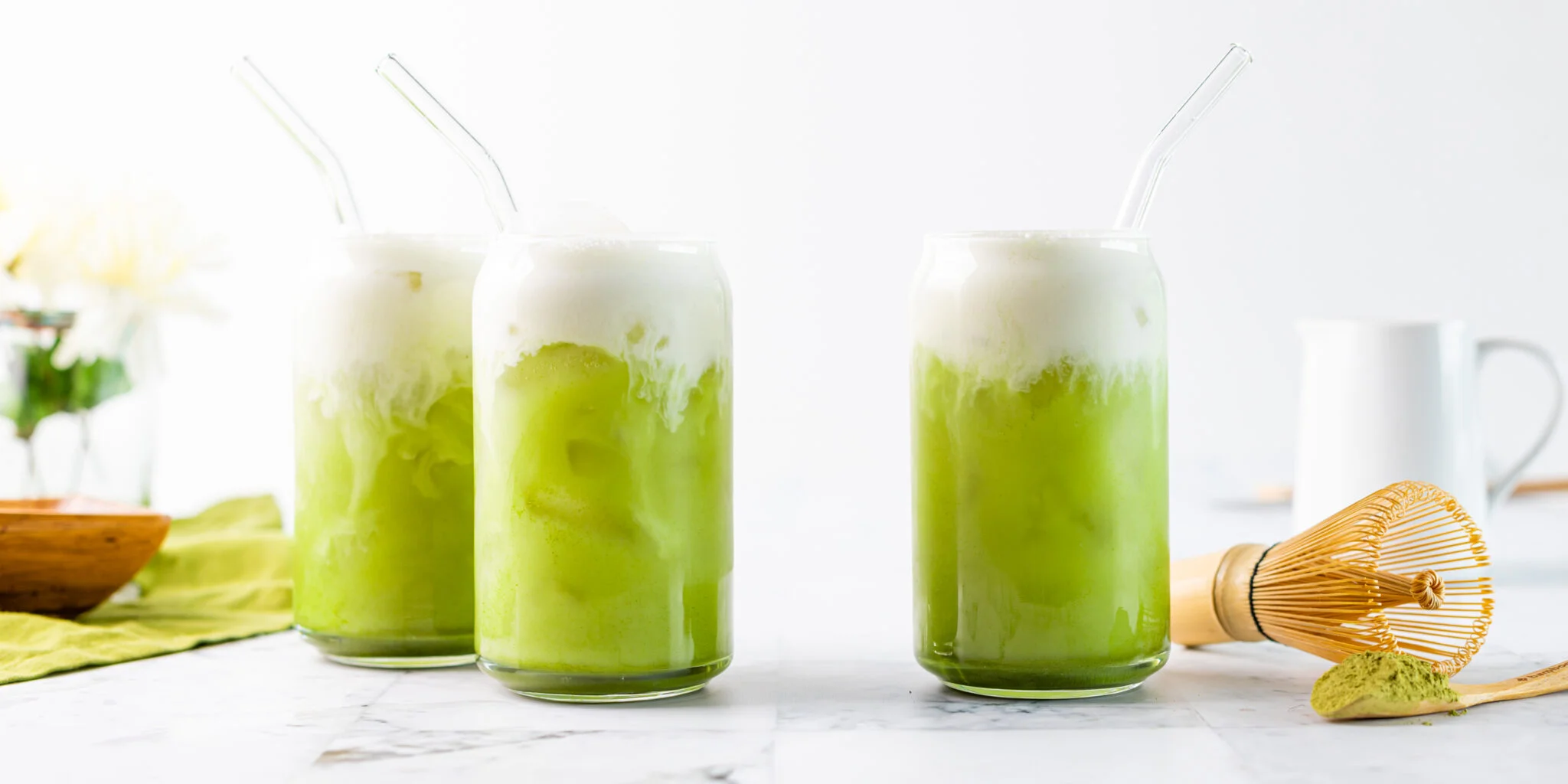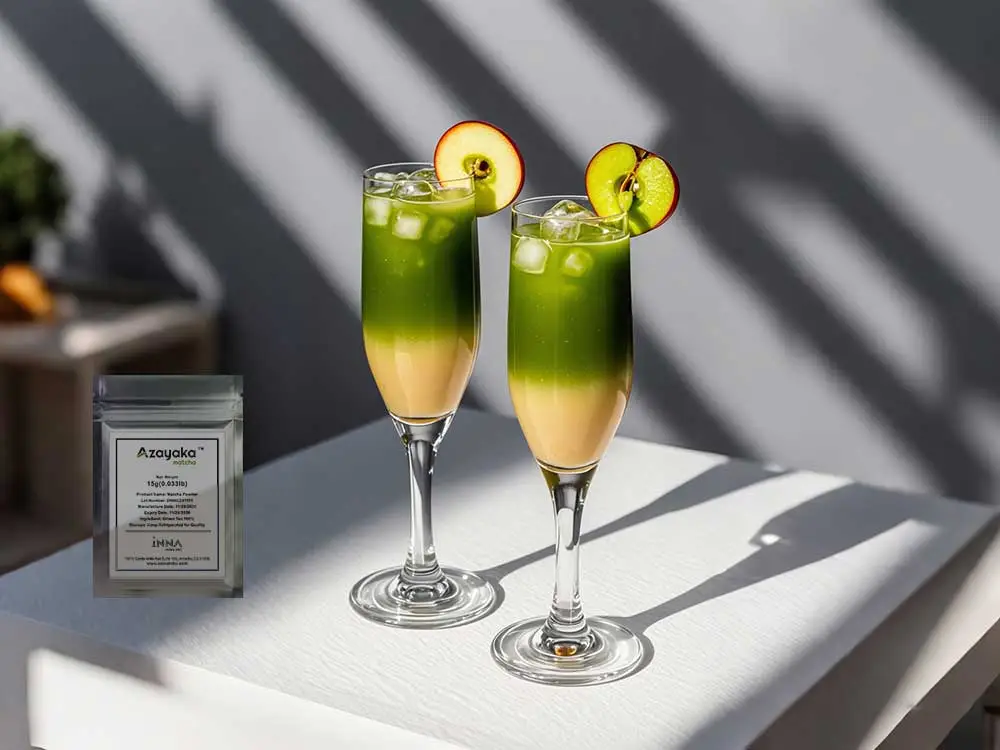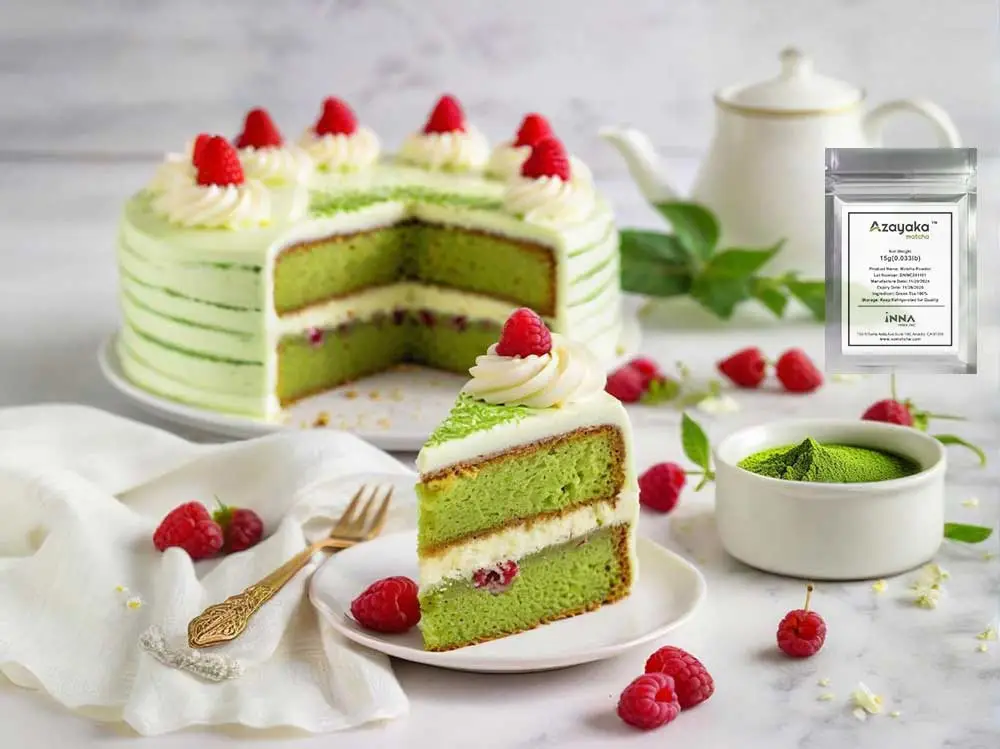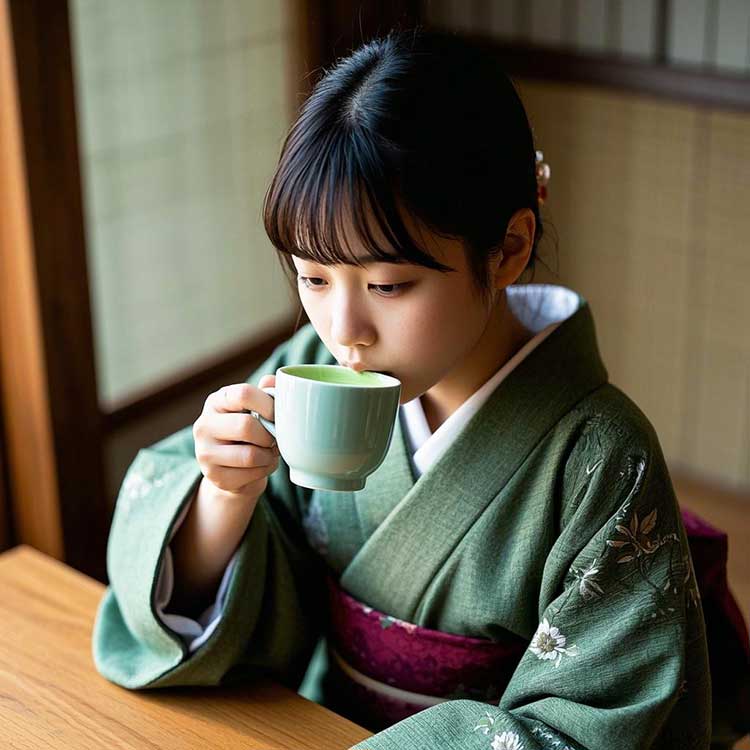How to Choose High-Quality Matcha Powder?
Matcha, a green tea powder originating from Japan, has become a popular choice for health seekers and food enthusiasts due to its unique taste and rich nutritional value. Nowadays, matcha is popular worldwide, but facing numerous brands and types, finding the most suitable matcha powder for your needs may be a challenge. Azayaka, with decades of experience, has summarized the key aspects to consider when choosing your ideal matcha powder, helping you make a wise choice.
1. Understand the Grades of Matcha
Matcha is mainly divided into three categories: etiquette level, high-end, and cooking level:Etiquette level: The highest quality matcha, commonly used in Japanese tea ceremony. Exquisite taste, bright color, silky texture, made from the tenderest tea leaves, rich in nutrients and with minimal bitterness.Advanced: Suitable for daily consumption, with balanced flavor, color, and texture.Cooking grade: designed specifically for cooking and baking, with a richer and slightly bitter taste, suitable for balancing flavors with other ingredients.
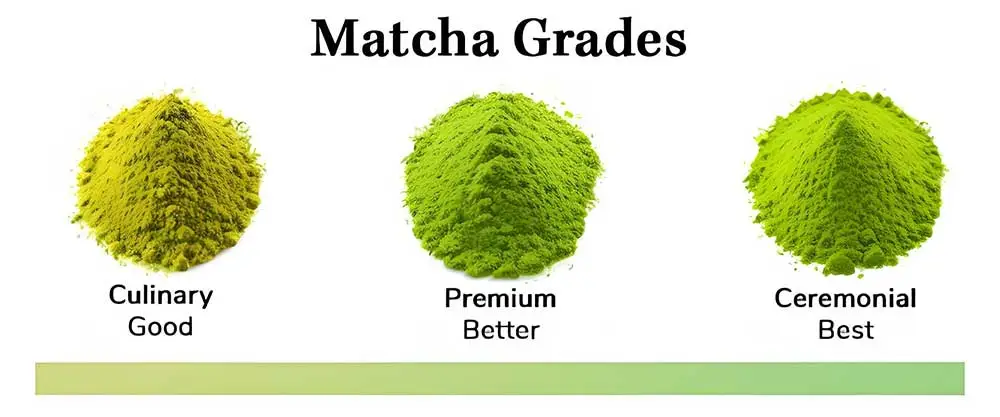
2. The Importance of Color
The color tone of matcha powder is an important indicator for judging its quality. Top grade matcha typically presents a vibrant, bright emerald green color, indicating that the tea leaves have received appropriate shade before harvesting and are rich in chlorophyll and other essential nutrients. Poor quality matcha often has a dull or yellowish green color, which may indicate that the tea leaves are older, have been exposed to light for a long time, or are made from poor quality tea leaves.
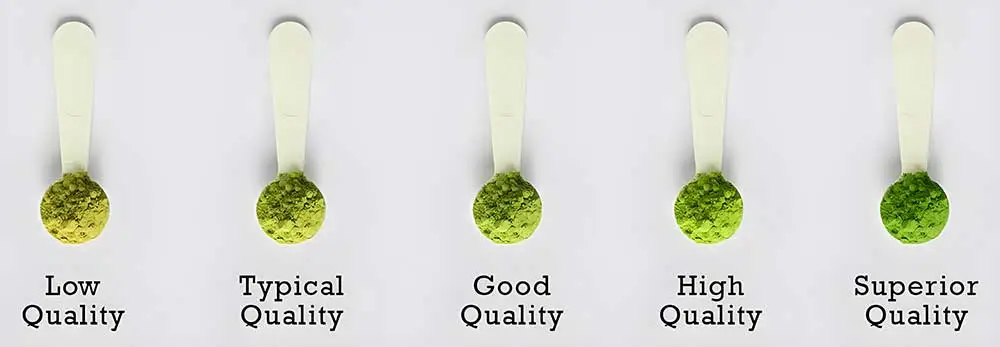
3. Sweet and Savory Flavors
Etiquette level: It has a strong sweet and savory taste (salty), with very little bitterness, suitable for individual enjoyment.
Cooking grade: The taste is more bitter, but it is very suitable for cooking or mixing with latte coffee.
Cooking grade: The taste is more bitter, but it is very suitable for cooking or mixing with latte coffee.
4. Evaluate Texture and Fineness
High quality matcha powder should be ultra-fine and smooth, similar to talcum powder. The traditional stone grinding process can achieve this texture, which helps to mix matcha powder with water correctly and provides a pleasant taste. Rough or gritty matcha may have lower quality or improper processing.
5. Traceability and Origin
Best place of origin: Uji (Kyoto), Aichi Prefecture and Kagoshima Prefecture in Japan are famous for producing high-quality matcha tea.
Production technology: Traditional methods include shading, steaming, drying, and stone grinding, which help maintain optimal quality and flavor.
Production technology: Traditional methods include shading, steaming, drying, and stone grinding, which help maintain optimal quality and flavor.
6. Matcha Quality Finger Test
Place a small amount of matcha powder on paper and drag with your fingers to draw lines. High quality matcha will produce smooth, solid lines with minimal breakage; Low quality matcha may produce granular and uneven lines.
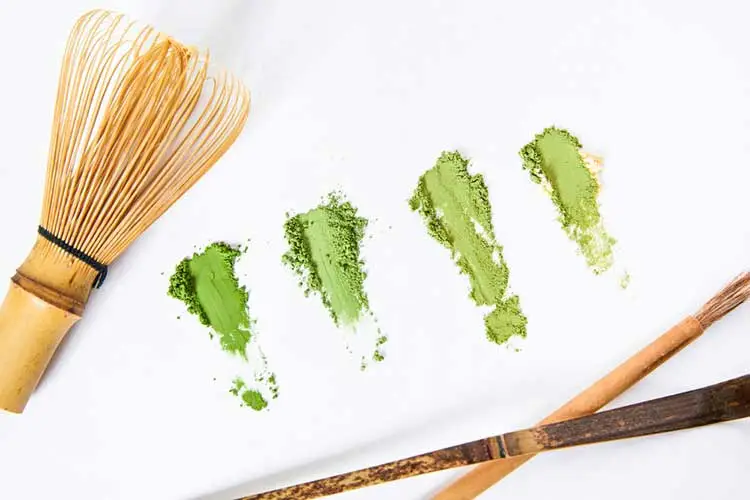
7. The Choice Between Organic and Traditional Matcha
Organic matcha: does not use synthetic fertilizers or pesticides, is beneficial for health and the environment, but may have slightly different colors and flavors.
Traditional matcha: Better flavor and color, sourced from reliable sources.
Traditional matcha: Better flavor and color, sourced from reliable sources.
8. Price Considerations and Cost-effectiveness
High quality matcha usually comes at a higher price, but considering packaging size and recommended dosage, it may provide better cost-effectiveness. The key is to choose matcha that is reasonably priced and of high quality.
9. Flavor and Aroma
High quality matcha should have a strong plant-based flavor, with subtle sweetness and freshness. Read customer reviews, taste different brands and grades to find the matcha that best suits your taste.
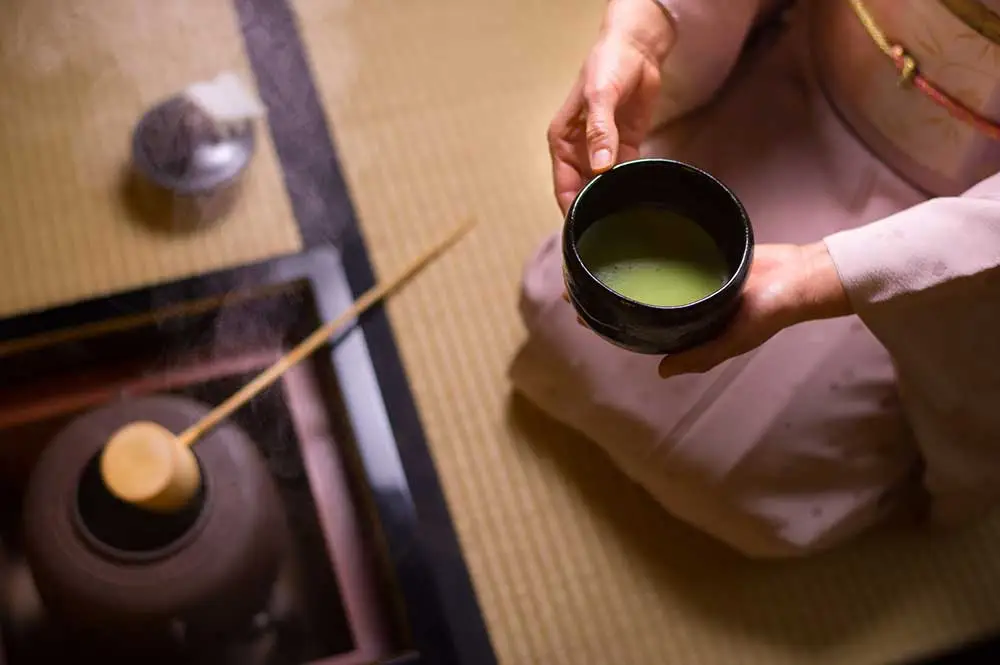
10. Appropriate Packaging and Storage
Matcha is sensitive to light, heat, air, and moisture. Choose sealed and resealable packaging and store in a cool, dark, and away from heat sources. The best storage location is the refrigerator, away from strong odors.
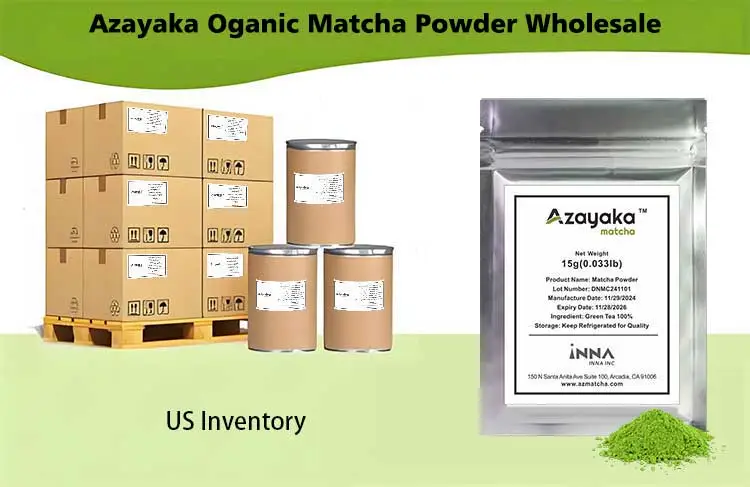
Choosing the best matcha powder may be confusing at first, but after understanding the factors that affect quality, you will be able to make wise decisions. By considering grade, color, texture, origin, production technology, organic certification, price, taste, aroma, as well as packaging and storage methods, you will find the perfect matcha powder that suits your needs and preferences. Whether you are an experienced matcha connoisseur or a curious novice, this guide will help you confidently explore the world of matcha, enjoying its unique taste and rich nutritional value.


